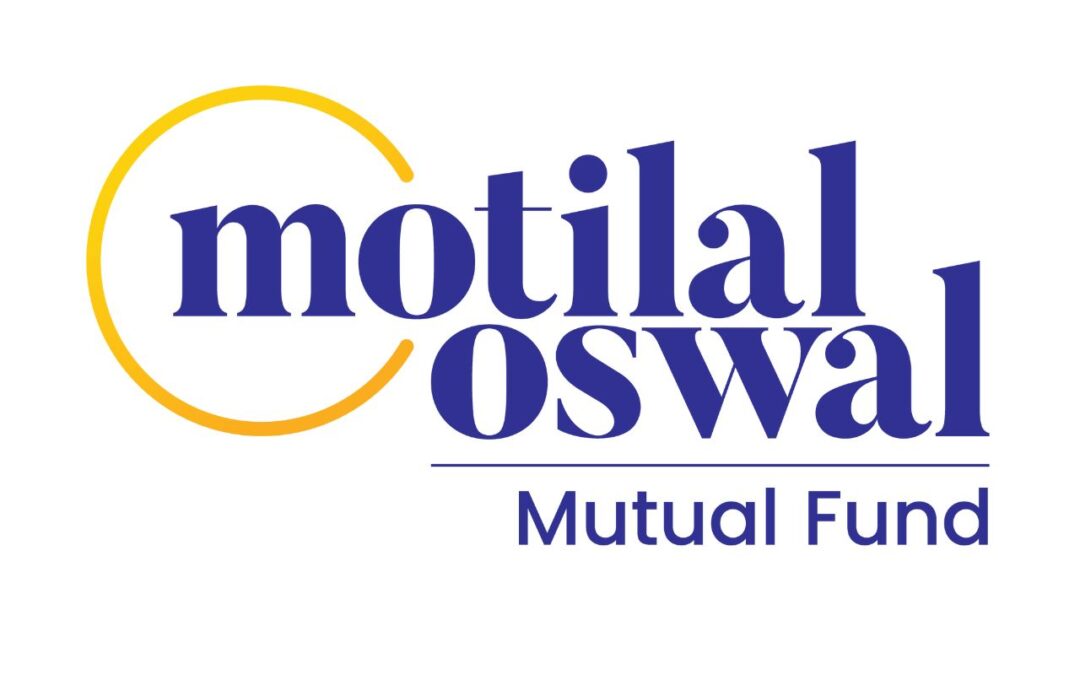Mumbai, August 4, 2025: As of June 2025, as per industry data the Indian mutual fund (MF) industry stands at an AUM of ₹74.40 lakh crore, marking more than a sevenfold growth over the past decade. Equity commands the largest share at 59.94%, followed by debt at 26.53%, hybrid at 8.28%, and other categories accounting for 5.26%.
A key development in the industry has been the steady rise of passive investing, which now accounts for approximately 17% of total AUM. While active funds continue to dominate in absolute terms, the increasing share of passive strategies reflects broader adoption of low-cost, transparent, and benchmark-aligned approaches.
In the quarter ending June 2025, total estimated net inflows stood at ₹398K crore. This was largely led by the debt segment, which drew ₹239K crore, reversing the previous quarter’s outflows. Equities contributed ₹133K crore, while commodities added ₹9K crore. Active strategies accounted for ₹362K crore of total inflows, with passive funds contributing ₹36K crore.
Within equities, broad-based funds emerged as the dominant category, garnering ₹86K crore in net inflows. This category captured 64% of total equity flows—55% from active funds and a notable 106% from passives—indicating increased allocation to passive equity strategies.
Among active broad-based funds, Flexi Cap led with ₹15.8K crore, followed by Small Cap at ₹12K crore and Mid Cap at ₹10.8K crore. In the passive space, Large Cap funds remained the most allocated segment, reflecting continued focus on blue-chip benchmarks.
Thematic mutual funds, however, experienced a net outflows of ₹2.4K crore, in contrast to ₹8.4K crore inflows in the preceding quarter. Despite the overall drop, select themes such as Technology and Business Cycle drew ₹1.4K crore collectively, while the Defence theme alone attracted ₹1.8K crore— reflecting increased allocation to specific macro-linked sectors.
The resurgence of debt funds was led overwhelmingly by constant maturity strategies, which accounted for ₹204K crore in net inflows. This was followed by corporate bond funds, indicating higher institutional allocations amid evolving rate dynamics.
In the hybrid segment, multi asset funds accounted for 57% of the total net inflows within the category. Balanced Advantage Funds and Equity Savings Funds attracted ₹4.2K crore and ₹1.4K crore respectively, indicating continued allocation to balanced, risk-adjusted strategies.
The industry also saw active participation in new offerings, with 46 new fund offers (NFOs) launched during the quarter, collectively mobilising ₹6,506 crore. It is observed that a significant portion of the net inflows during the quarter was contributed by five asset management companies, indicating a certain degree of concentration in flows.
Pratik Oswal, Head – Passive Business, Motilal Oswal Asset Management Company Ltd. (MOAMC) , said, “This quarter reflects a notable shift in portfolio allocation —a growing tilt toward well-diversified, resilient portfolios, complemented by a measured return to debt.
What’s particularly encouraging is the increasing traction seen in passive investing. Indian investors are gradually recognising the structural benefits of passive funds—simplicity, cost efficiency, and alignment with market benchmarks.
While active strategies continue to command confidence, especially in mid- and small-cap segments, passive funds are steadily emerging as a key component of long-term portfolio staple.
At a broader level, these trends point to an evolving investment environment —one that is more research-driven, risk-aware, and increasingly strategic in nature. The conversation is no longer just about chasing alpha, but about achieving portfolio stability in an ever-changing economic environment.”
Source: AMFI & ACEMF Data as on: 30 June 2025
Disclaimer:
This release has been issued on the basis of internal data, publicly available information and other sources believed to be reliable. The information contained in this document is for general purposes only and not a complete disclosure of every material fact. The Stocks (if any) mentioned herein is for explaining the concept and shall not be construed as an investment advice to any party. The information / data herein alone is not sufficient and shouldn’t be used for the development or implementation of an investment strategy. It should not be construed as investment advice to any party. All opinions, figures, estimates and data included in this article are as on date. The article does not warrant the completeness or accuracy of the information and disclaims all liabilities, losses and damages arising out of the use of this information. The statements contained herein may include statements of future expectations and other forward-looking statements that are based on our current views and assumptions and involve known and unknown risks and uncertainties that could cause actual results, performance or events to differ materially from those expressed or implied in such statements. Readers should note that all the data & figures mentioned in the below report are estimates and may not be in-line with actual cash flows in the industry and shall be fully responsible/liable for any decision taken on the basis of this article. The data is sourced from a third-party vendor & all Net Flows are calculated after adjusting monthly returns on the fund AUM. Motilal Oswal AMC is in no way responsible for the accuracy of the data. Investments in securities market are subject to market risks, read all relevant documents carefully.
Mutual Fund investments are subject to market risks, read all scheme related documents carefully.


